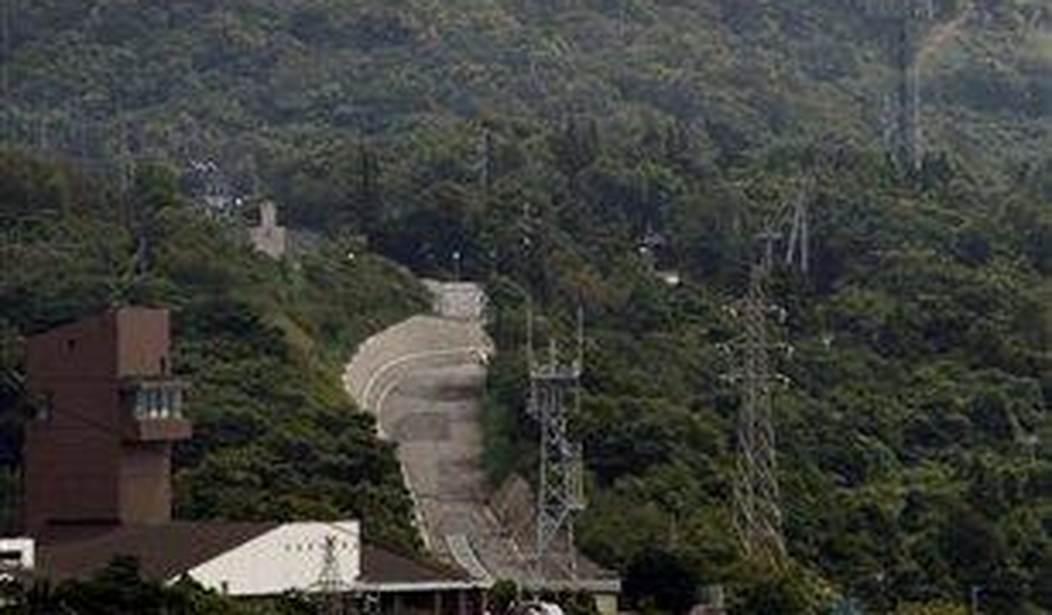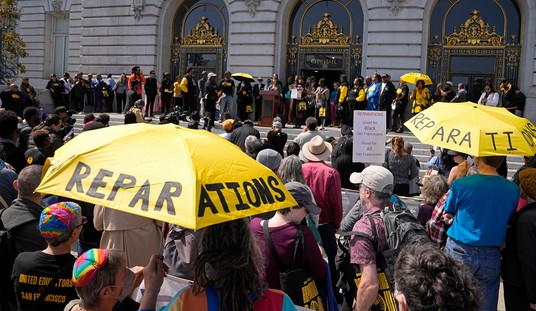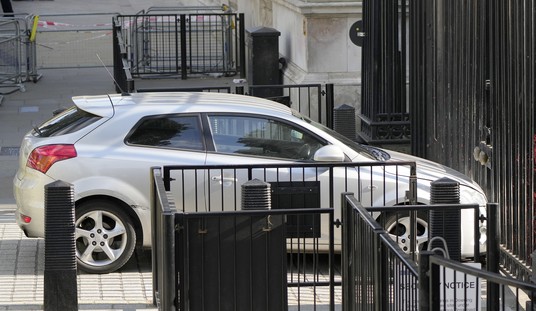Following national coverage of a proposed onshore wind project in Idaho’s Magic Valley—including here at Townhall–Idaho lawmakers are publicly opposing the Lava Ridge Wind Project.
Governor Brad Little, Lieutenant Governor Scott Bedke, Congressman Mike Simpson, and Senators Crapo and Risch –-all Republicans–issued a scathing statement opposing the planned project in Southern Idaho.
“Idahoans cherish the concept of multiple and mixed uses on their public lands. This requires conservation, predictability of use, and, most importantly, support from the local communities. These deep-rooted values are compromised by a piecemeal approach to large-scale generation projects on public lands. Dedicating hundreds of square miles of public lands to a specific use will have a long-term effect on recreation, grazing, sporting uses, and the land in general,” the press release said.
The Idaho delegation added, “Affected farmers, ranchers, tribes, the Japanese American community, and sportsmen have voiced legitimate objections. Yet, today, the local community predominantly has not shown support for this development.”
Following this announcement, the Idaho House of Representatives Resources and Conservation Committee introduced House Concurrent Resolution No. 4, encouraging Governor Little and Attorney General Raúl Labrador to pursue legal action to persuade the Bureau of Land Management (BLM) to opt for a “no build option” on Lava Ridge.
The resolution read in part like this: “WHEREAS, Idaho is required by law to protect all wildlife. This project area will severely impact the migration and habitat of local wildlife. WHEREAS, these lands have been utilized by agriculture, public recreation, hunting, and fishing by the citizens of Idaho, specifically the Magic Valley.”
Recommended
“THEREFORE, BE IT RESOLVED by the members of the First Regular Session of the Sixty-seventh Idaho Legislature, the House of Representatives and the Senate concurring therein, that Idaho Attorney General Raúl Labrador and Governor Brad Little review the Lava Ridge Project to assure that the interests of Idaho are foremost in the final decision” it concluded.
This is the most notable repudiation of the project by officials to date. This development comes after the Department of Interior, which oversees BLM, issued its Draft Environmental Impact Statement (EIS) soliciting comments for Lava Ridge. The public has until March 21, 2023, to submit their comments to the agency.
As I wrote here at Townhall, “The Lava Ridge Wind Project, if approved, would comprise 400 turbines across 73,000 acres of BLM lands spanning Jerome, Lincoln, and Minidoka counties. Individual turbines could stand as tall as 740 feet. Magic Valley Energy - a New York-based LS Power subsidiary–is propping this project up. They claim it’ll generate 1,000 megawatts of power and commence operation as early as 2025.”
Adding insult to injury, this wind project will be funded by clean energy tax credits contained in the Infrastructure Investment and Jobs Act if it passes muster and is approved. Many preservationist environmentalists sure don’t mind encroaching on the hallowed ground like the Minidoka National Historic Site, killing birds of prey, or destroying wildlife corridors in the name of “fighting the climate crisis.” And ironically, locals won’t ever see the “supposed” benefits of Lava Ridge because the electricity generated will be shipped out-of-state to California and Nevada.
Talk about a boondoggle.
But Lava Ridge isn’t the only planned site of this magnitude. Other invasive clean energy projects are planned in similar communities across the U.S.
The Biden administration targets rural areas, predominantly red states home to countless public land acres, to fulfill its unrealistic net-zero goals. This includes producing 25 gigawatts of onshore wind by 2025.
$30 million in funding from Bipartisan Infrastructure Law and the deceptively-named Inflation Reduction Act will shore up funding for wind projects like Lava Ridge.
“Wind power is abundant, homegrown, affordable, and already provides enough electricity to power 40 million homes,” Energy Secretary Jennifer M. Granholm said in an October 2022 news release. “But that is just the start — wind power is poised for explosive growth. Thanks to President Biden’s Bipartisan Infrastructure Law, DOE is helping to break down technology barriers to turbo-charge the deployment of this affordable resource all across the country.”
Much to the Biden administration’s chagrin, wind energy– like solar–is unreliable and not sought after by the masses. And this hastiness to develop wind could be why many dead whales are washing up on East Coast beaches.
Even the Department of Energy, which Secretary Granholm oversees, warned how wind energy, whether onshore or offshore, has many vast shortcomings.
For instance, wind can’t compete with cheaper, reliable energy sources like oil, coal, or gas. It also can’t exist and function in most areas. And wind turbines are noisy and are terrible eyesores on the landscape.
Kudos to Idaho lawmakers for seeing past Big Wind’s financial enticements and deceptive propaganda. Let’s hope Idaho’s Magic Valley is spared from Biden’s destructive energy agenda.

























Join the conversation as a VIP Member